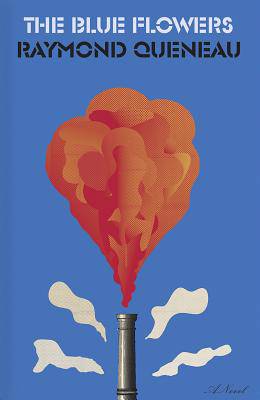
- Afhalen na 1 uur in een winkel met voorraad
- Gratis thuislevering in België vanaf € 30
- Ruim aanbod met 7 miljoen producten
- Afhalen na 1 uur in een winkel met voorraad
- Gratis thuislevering in België vanaf € 30
- Ruim aanbod met 7 miljoen producten
Zoeken
Omschrijving
The Blue Flowers follows two unlikely characters: Cidrolin, who alternates between drinking and napping on a barge parked along the Seine in the 1960s, and the Duke d'Auge as he rages through history--about 700 years of it--refusing to crusade, clobbering his king with a cannon, and dabbling in alchemy. But is it just a coincidence that the Duke appears only when Cidrolin is dozing? And vice versa? As Raymond Queneau explains: "There is an old Chinese saying: 'I dream that I am a butterfly and pray there is a butterfly dreaming he is me.' The same can be said of the characters in this novel--those who live in the past dream of those who live in the modern era--and those who live in the modern era dream of those who live in the past." Channeling Villon and Céline, Queneau attempts to bring the language of the French streets into common literary usage, and his mad wordplays, puns, bawdy jokes, and anachronistic wackiness have been kept amazingly and glitteringly intact by the incomparable translator Barbara Wright.
Specificaties
Betrokkenen
- Auteur(s):
- Vertaler(s):
- Uitgeverij:
Inhoud
- Aantal bladzijden:
- 244
- Taal:
- Engels
Eigenschappen
- Productcode (EAN):
- 9780811227926
- Verschijningsdatum:
- 28/08/2018
- Uitvoering:
- Paperback
- Formaat:
- Trade paperback (VS)
- Afmetingen:
- 127 mm x 188 mm
- Gewicht:
- 272 g

Alleen bij Standaard Boekhandel
+ 47 punten op je klantenkaart van Standaard Boekhandel
Beoordelingen
We publiceren alleen reviews die voldoen aan de voorwaarden voor reviews. Bekijk onze voorwaarden voor reviews.











